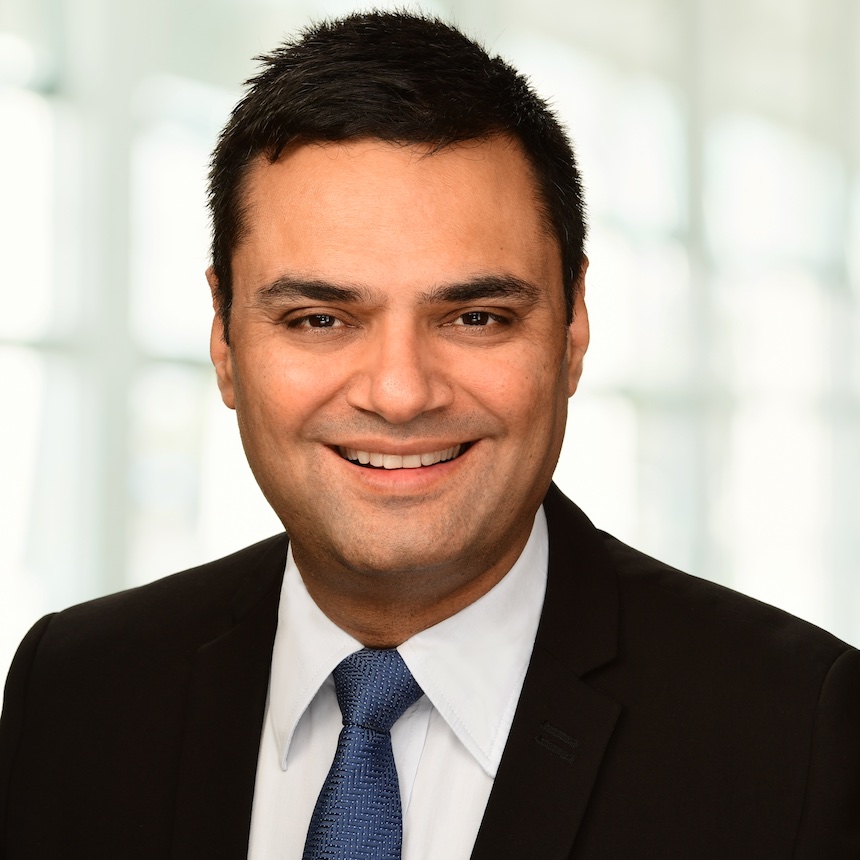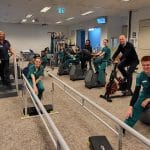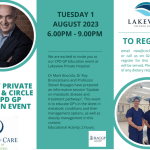Hallux Rigidus surgery
Dr Sunil Ramawat explains how Hallux Rigidus, the form of degenerative arthritis in the big toe (first metatarsal phalangeal joint), can progress to the point where surgery is the only solution for eliminating or reducing pain.

The arthritis of the first metatarso-phalangeal (I MTPJ) is called Hallux Rigidus. 1 in 40patients would suffer this condition after the age of 50. The causes could be osteoarthritis, trauma or inflammatory arthritis whilst the condition can lead to significant pain and disability.Once the non-operative treatment including rest, orthotics and analgesics is exhausted the surgical options should be considered.
The surgical options include synovectomy, cheilectomy (excision of the osteophytes),arthrodesis (fusion surgery) or joint replacement surgery.In the grade I arthritis (mild) usually synovectomy and cheilectomy are reasonable options. Arthrodesis has been a gold standard for the grade II to IV arthritis (moderate to severe) as the joint replacement surgery, traditionally, hadpoor outcomes.
Recently, a Cartilage Replacement Implant has changed the course of the management of the moderate to severe arthritis. The implant is approved by FDA.The implant is made up of PolyVinylAlcohol (PVA) and has similar consistency as cartilage. A number of publication support the safety and benefits of the cartilage replacement implant. Notably, a Prospective Multicentric Randomized Controlled Trial 1 conducted in Canada and the UK. This study compared the cartilage replacement implant to the arthrodesis and has shown promising results in terms of pain, function and durability with the use of the CartilageReplacement Implant. In a small group of patients 11-12 % needed revision surgery (similar to the arthrodesis group); a figure that could be easily converted into the arthrodesis.The mid-term results showed no significant major wear or failure of the prosthesis.
Suitable candidates for the CartilageReplacement Implants should have:
1- Failed non-operative management
2- No Hallux Varus (deformity of the big toe)
3- No Hallux Vulgus more than 20 degrees (deformity of the big toe)
4- No cystic changes more than1 cm
5- No progressive arthritis
6- No active infection
There is sufficient evidence that the surgical time, recovery time and getting back into a routine is statistically faster in the Cartilage Replacement Implant group. The patients are allowed to walk full weight bearing immediately and start using normal shoes after one month.
Thus, in a suitable patient the Cartilage Replacement Implant can be an attractive alternative. It relieves the pain, improves the functions, and preserves the range of motion with durable results.
1. Baumhauer JF, Singh D, Glazebrook M, et al. Prospective, Randomized, Multi-centered Clinical Trial Assessing Safety andEfficacy of a Synthetic Cartilage Implant Versus First Metatarsophalangeal Arthrodesis in Advanced Hallux Rigidus. Foot AnkleInt. 2016;37(5):457-469

DR SUNIL RAMAWAT
MBBS FRACS (Orth)
Orthopaedic Surgery: Foot and Ankle Surgery & Upper Limb and Lower Limb fractures
Dr Sunil Ramawat is a Fellowship Trained Orthopaedic Surgeon with special interest in Foot and Ankle Surgery and Trauma Surgery. Dr Ramawat is a fellow of Royal Australian College of Surgeon and Australian Orthopaedic Association. He has extensive experience in Foot and Ankle Surgery and Trauma surgery. He received his specialised training at the Royal Adelaide Hospital, Queen Elizabeth Hospital, Warringal Private Hospital and Royal Prince Alfred Hospital.
Dr Ramawat is specially interested in:
- Arthritic conditions of Foot and Ankle
- Ankle arthroscopic surgery (key hole surgery)
- Minimal Invasive foot surgery
- Degenerative conditions
- Complex fractures of foot and ankle
- Diabetic foot
- Disorder of forefoot (Bunions, toe deformities)
- Tendon injuries (Achilles tendon problems)
- Complex ankle sprains (ligamentous injuries)
- General orthopaedic trauma- upper limb and lower limb fracture





